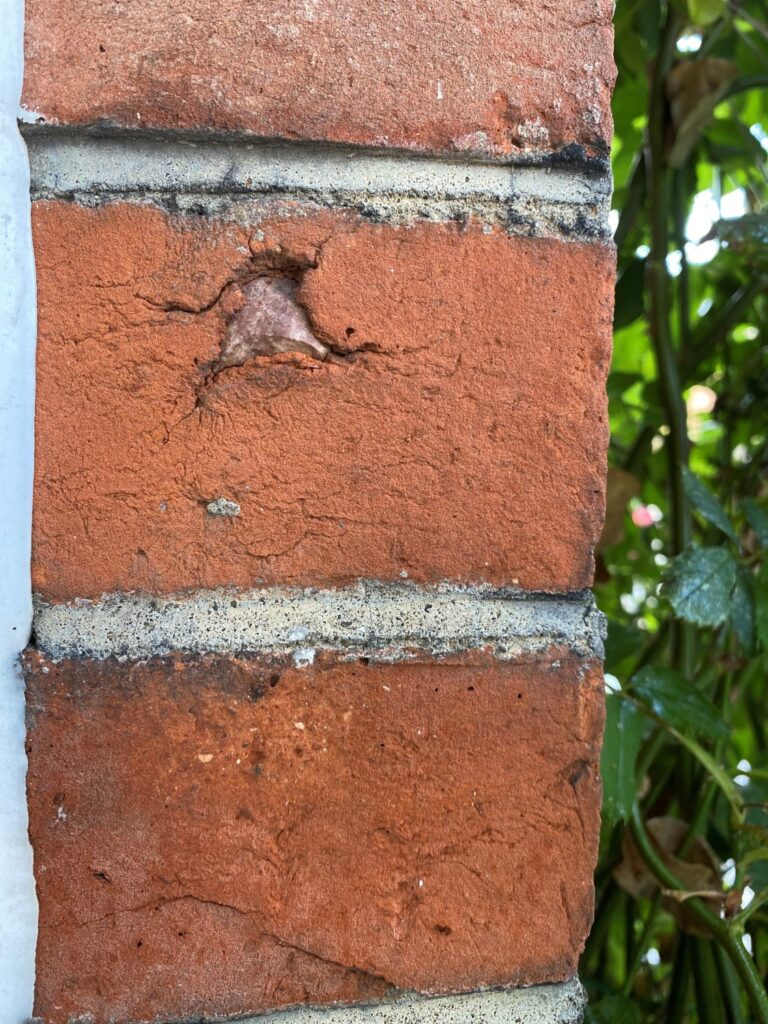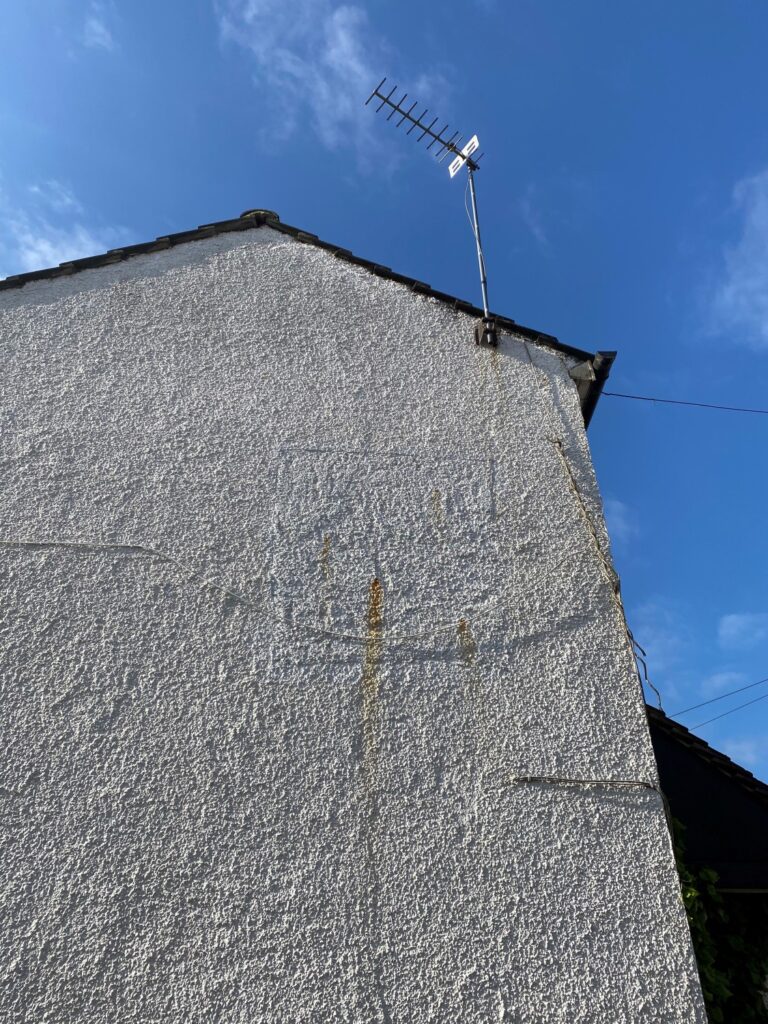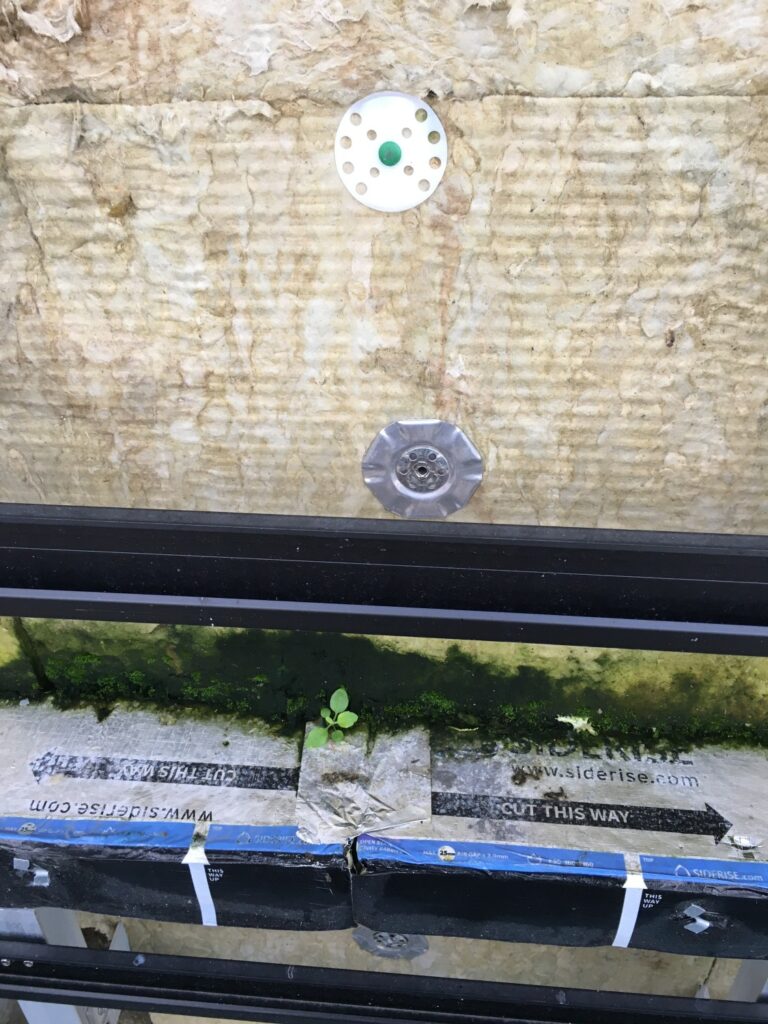Every now and then façade inspections throw up small treasures that forces the inner detective in all of us to ponder. Working on facades generally means you’re exposed to a higher diversity of material combinations, varied materials inherently have different manufacturing and assembly processes, different extraction and refinery techniques and so on. This is then further compounded by history and the cycles of evolution that the material has endured to gain economic efficiencies, each time leaving a signature or trait identifiable with the era. Then there are the anomalies which are not production specific but consequences of field application that perhaps initially appear out of place or illogical for their setting. The enjoyment is in the dissemination and filtration of possible explanations, even more satisfying when applied statistics are proven correct.
The following are a few façade passengers which are worthy of note, if only for their perceived strangeness.
Bricks and Mortar… and Stones


